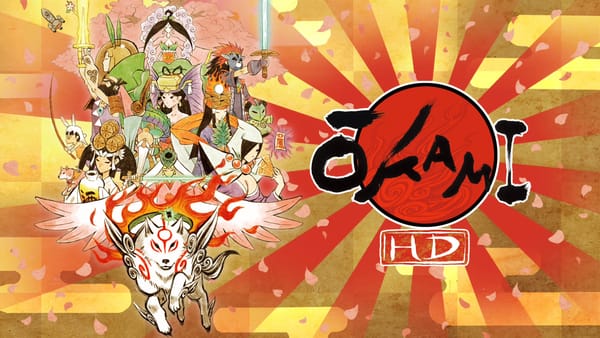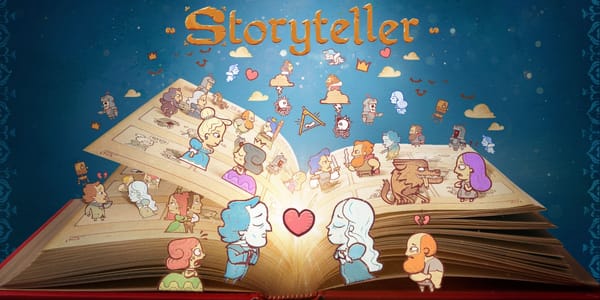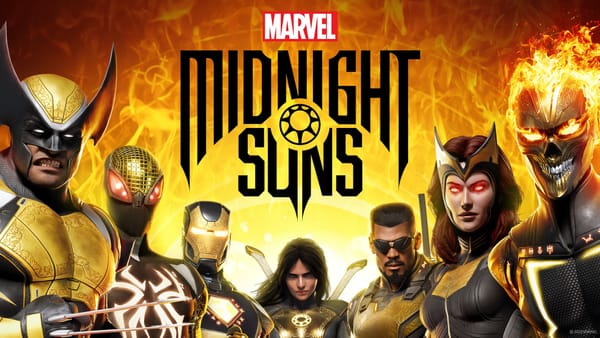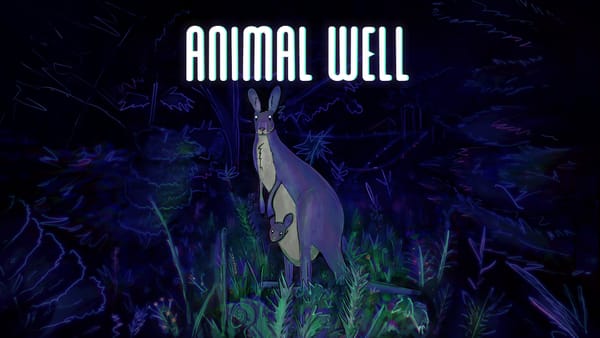There Is No Game: Wrong Dimension and what lies beyond the fourth wall
Make sure there's something behind the curtain
One of my favorite short stories is George Saunders’s “Brad Carrigan, American.” It is not, to my knowledge, one of his better known works. I didn’t reread it to write this, so forgive the broad strokes of broad strokes, but its plot involves the slow (literal) dissolution of a sitcom character’s life who is being written out of his own show. The set keeps changing on him as the story’s plot, and his place within it, is radically rewritten on the fly. The story ends (spoiler?) with Brad Carrigan trying desperately to retain his fictional personhood, which he does by trying to remember his central desire as a character as he rapidly dissipates.
In short, it’s weird as shit and funny and I love it.
There Is No Game: Wrong Dimension has “Brad Carrigan, American” vibes. It is a game about games and, from the title screen, it implores you not to play it. Structurally, the game is a series of parodies of different genres and tropes within video games, but when you get down to it, There Is No Game is, by and large, a point and click adventure game, albeit a meta one. In order to actually play the game, you begin by taking apart the main menu as an unseen narrator with a Russian-ish accent implores you not to go any further, sighing in dismay as you continue to ignore his pleas and use the dislodged icons as tools. Once you have successfully gotten past the menu, you are treated to a parody of a Lucas Arts-style adventure game where you have to rotate the TV on which it is being played in order to proceed, seeing the game world from behind the scenes, with theater-like scaffolding and unused props littering the ground as you view the game from a different vantage.
It’s all very fun, and I remember thinking early on that this was exactly my vibe. A long-ago recommendation on The Besties, it’s been in my personal backlog (sorry) for a while. And before I go too much further, let me just say: it’s enjoyable! It costs $4.99 on iOS, and I think I got that level of enjoyment out of it. Genre deconstructions with fourth wall breakage are never not going to please me on some level.
But as I continued playing, the game got cleverer and cleverer without ever feeling deeper. The antagonist—Mr. Glitch—is further characterized. He is the (also Russian-ish sounding) counterpoint to the narrator, who is, of course, The Game. The stakes are eventually raised to world-ending proportions (itself a parody of video game plots). At one point, you are forced to play through the exact thing you just played through, only now it’s a free-to-play title with loot boxes and predatory monetization. It’s smart; I laughed. But I was hungry by that point, midway through, for something to care about.
I’ve learned the hard way that winking at your audience does not constitute a story. For all your meta trappings, for all your deconstruction of genre, you still have to tell a good story. I think There Is No Game: Wrong Dimension knows this on some level, because it introduces a love interest about midway through. Sure, it’s hinted at in earlier chapters, but only at the peripheries. Problem is, it’s a stock love. It’s a genre love. They belong together, inexplicably. Like Mario and Peach. Like Link and Zelda. They’re separated, tragically. That’s the extent of why they miss each other. It’s the kind of thing that There Is No Game might parody in another game. It’s the kind of thing it does parody in a spoof on The Legend of Zelda. Which is exactly why it falls flat when the game tries to do the same trope in earnest.
By the not-game’s conclusion, the fourth wall is so thoroughly broken that the developer becomes a character in the story. At this point, the escalation story has gone as far as it possibly can. You know you are drawing toward a conclusion. And you are. It ends, of course, with a wink. It’s all very fine and clever, but I guess I wanted stakes. I wanted desperation. To some extent, however unfairly, I wanted Saunders.1 I have to believe that kind of thing is possible in games, though, because a game that’s as clever as this? Once it finds its beating heart, that will be a game worth celebrating.
Not for nothing, but I think a Saunders-penned point and click game would fucking rule. ↩





